Ilene Woods: Disney Princess
On this day in 1950, Cinderella was first released to
theatres, so let’s talk about Ilene Woods, the voice of Cinderella.
Jacqueline Ruth Woods—later known as Ilene Woods—was born on
May 4, 1929. She possessed an incomparable singing voice, but really wanted to
be a teacher. Her mother pushed her into a singing career, and by the time she
was 14 years old, she had her own radio show in New York City. During the Second
World War, she was doing USO tours with the United States Army Air Forces
Orchestra and selling war bonds alongside Hollywood stars.
Naturally, Ilene found her way to the fairy tale via music. Cinderella
would mark the first time independent songwriters were hired by the studio
to write for a Disney film, and Mack David and Jerry Livingston were hired to
write fun songs for the movie.
Once they’d written ‘Bibbidi-Bobbidi-Boo’, ‘A Dream Is a
Wish Your Heart Makes’, and ‘So This is Love’, they were ready to record demo
versions, and they needed a female singer. They knew of Ilene from hearing her
on the radio, and contacted her to come out and sing stripped down versions of
the songs. She accepted the offer, came in to sing, and two days later, Walt
Disney was calling her directly to arrange a meeting.
She would recall in a 2005 interview that he cut straight to
the chase: “I’ve listened to the songs. Now that we’ve met and we’ve talked,
how would you like to be the voice of Cinderella?” Ilene accepted the offer,
beating out nearly 400 other actresses who’d actually auditioned for the role,
and cemented herself as a Disney legend.
To announce the news, Ilene appeared on national radio in March
1948 to tell audiences that she was the voice of Cinderella, and said, “Now
I know dreams do come true.” She also sang ‘When You Wish Upon a Star.’
In a video interview for The Walt Disney Family Museum—I’m
not sure of the recording date but they were posted to YouTube in 2012—Ilene
talked about working with Walt and the pure joy of being Cinderella.
“I love Cinderella,” she said. “And I think [Walt]
liked her, too.”
What made Cinderella so loveable? “She was a spunky girl,
even though her life was certainly not the best kind of life,” Ilene said. “She
worked really hard and kept up her spirits. She had a lot of joy and a lot of
love for the creatures around her, and took what was handed out to her with a
smile, and kept her spirits up and always, again, believed and had dreams…”
Ilene also spoke about the most common criticism of
Cinderella—that she was saved by Prince Charming and not in charge of her own
life—and disavowed anyone peddling that idea. “I said you’re wrong. She
wanted to go to the ball. She didn’t really…the Prince had seen her but she had
not seen the Prince. She wasn’t going to marry the Prince, she wanted, really,
mostly, to go to the ball and have a good time. She even left at midnight, and
left the Prince. So I said, ‘I don’t think she was really…the main aim in her
going to the ball was [not] to get the Prince. I think it was to have a
wonderful time and it was like a dream come true for her, the way she lived.’”
When Ilene found out that Walt’s favourite animation
sequence was Cinderella’s tattered skirt turning into the gorgeous ballgown,
she said she was thrilled “because that was a time when magic happened. She
finally made it, she had a beautiful dress, she was going to the ball, and it
was a happy, wonderful, magical scene with all the stars, and the dress
happening and her hairdo happening and her shoes, her glass slippers. It was
just a wonderful, happy scene and I was thrilled to hear that that was his
favourite scene.”
She would say that she never worked with anyone like Walt
ever again, because he was a visionary in his own league. “Walt would always
say ‘We can.’ And you believe him. You really believed him because every time
he said ‘we can,’ we did.”
When it came time to record ‘Oh, Sing Sweet Nightingale’,
Walt had an idea in the booth: he wanted Ilene to record harmony with herself. “What
did you have in mind?” Ilene asked him. Walt told them that he wanted Ilene
to harmonize with her own vocals, to layer it up, because he could see the
animation in his head: Cinderella would be scrubbing the floor, and as a soap
bubble popped up, she’d add another harmony to the song. “If you say so,
Walt,” the sound engineer said, and Ilene recorded it the way Walt envisioned.
“When we first heard it played back it was really
beautiful because you know, sisters’ voices blend well together, but when the
same person is doing all the parts, the blend is unbelievable. And by the time
all the soap bubbles had come up and the reflections were in all the soap
bubbles all around her, it sounded like a tabernacle choir.
“I don’t think he was surprised… he knew it was going to
work.”
Though she wasn’t Cinderella’s live action model—that would
be Helene Stanley, who also did this job for Princess Aurora from Sleeping
Beauty and Anita from 101 Dalmatians—her mannerisms made their way
into the film.
She recalled how her father, watching the movie at its premiere,
noticed various facial expressions, mannerisms and hand movements that Ilene
was known for. Cinderella’s animator, Marc Davis, was known to watch Ilene
record and use her as inspiration.
Ilene said it took about two years to complete the job; she’d
work a few weeks on and take a break, then back again. She was 18 when she was
hired, and was weeks away from her 21st birthday by the time it was
released.
Cinderella was a bonafide hit upon release, both
commercially and critically. It received three Oscar nominations for its score
and music, but alas, didn’t win. Over the decades, it has been re-released
theatrical and on home video—those of us of a certain age remember a
time before Disney+ when classics would be available for a couple of years
before ‘returning to the Disney Vault’—and has charmed audiences since 1950.
Ilene’s career never matched the success of Cinderella,
and she officially retired from show business in 1972. There are sparse credits
to her name, before and after Cinderella, but Cinderella was Ilene’s one
and only voiceover role. As she told DVD Talk, “I thought I could never top
Cinderella!”
In 1990, Ilene sued Walt Disney Studios for producing VHS cassettes
of Cinderella, noting that it violated the contract she’d signed in
1948. She was the third Disney starlet to do so, following Peggy Lee (who
voiced multiple characters in Lady and the Tramp) and Mary Costa (the voice
of Princess Aurora in Sleeping Beauty).
When Peggy won her case, Disney ended up changing the
language of their contracts to note that voice actors gave up their rights for
any reproduction of their performances. I can’t find any record of whether Ilene
or Mary won their suits, but you’d have to imagine that if Peggy got a payout,
they must have, too. If anyone knows, let me know in the comments!
Cinderella has appeared in two official sequels in the early
2000s (which I refuse to watch on principle), but Ilene was too old to
reprise her role. In all animated versions, Cinderella is now voiced by
Jennifer Hale. A live action version of Cinderella came out in 2015, in
which she was portrayed by British actress Lily James.
In 2001, to celebrate Cinderella’s 50th
anniversary, Ilene went to Disneyland for a Cinderella Ball; and in 2003, Ilene
was named a Disney Legend. This is a ‘hall of fame’-style award for people who
have made significant contributions to Disney in its 100 years.
Sadly, Ilene passed away on July 1, 2010 at the age of 81
following complications from Alzheimer’s Disease. There are rumours that the nurses
at her care facility would play the Cinderella soundtrack to soothe her,
but I haven’t found any official sources from her family.
She was married twice and had three children; remaining
married to her second husband, Ed Shaughnessy (the drummer from The Tonight
Show) from 1963 until her death. Her own grandchildren adored Cinderella
and their grandmother’s special part in it, which she said “makes me feel ten
feet tall.”
Ilene knew that Cinderella would be her legacy. In an interview with DVD Talk, she said “Knowing that so many years from now, when I’m gone, that children will still be hearing my voice and enjoying the movie is the biggest thrill to come out of this altogether.”

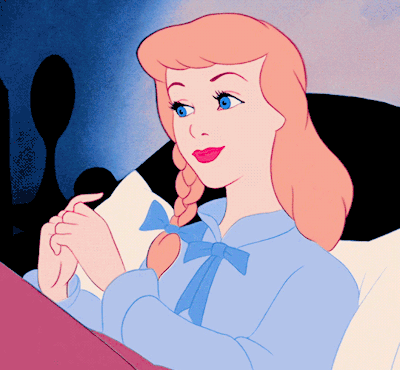
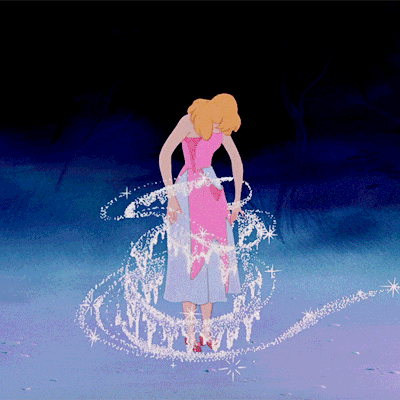
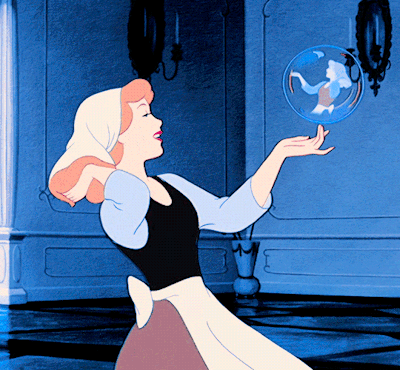
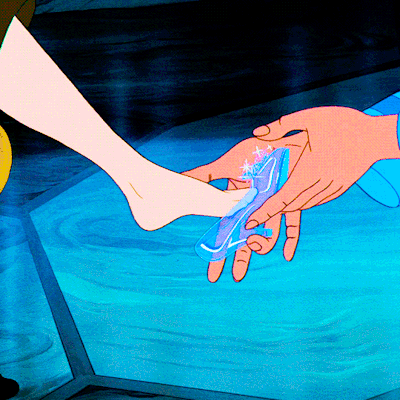
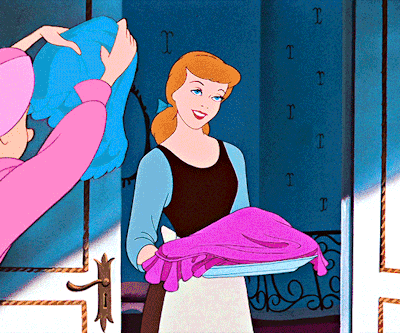
Comments
Post a Comment